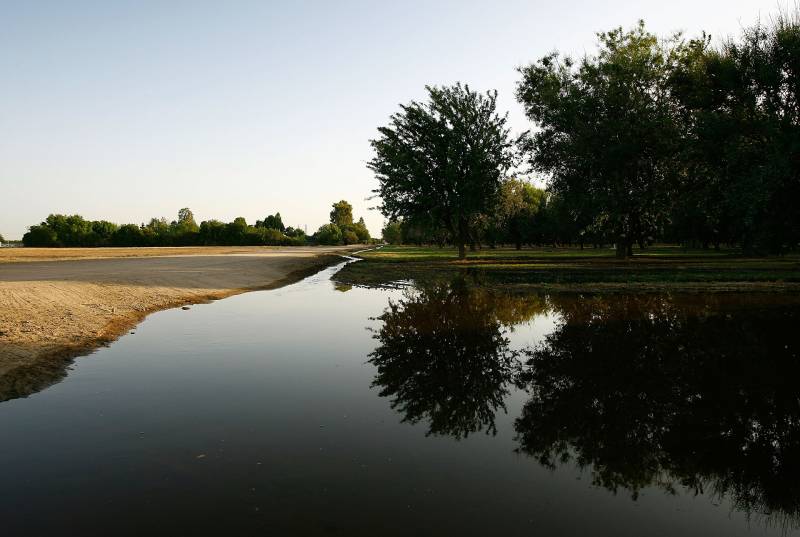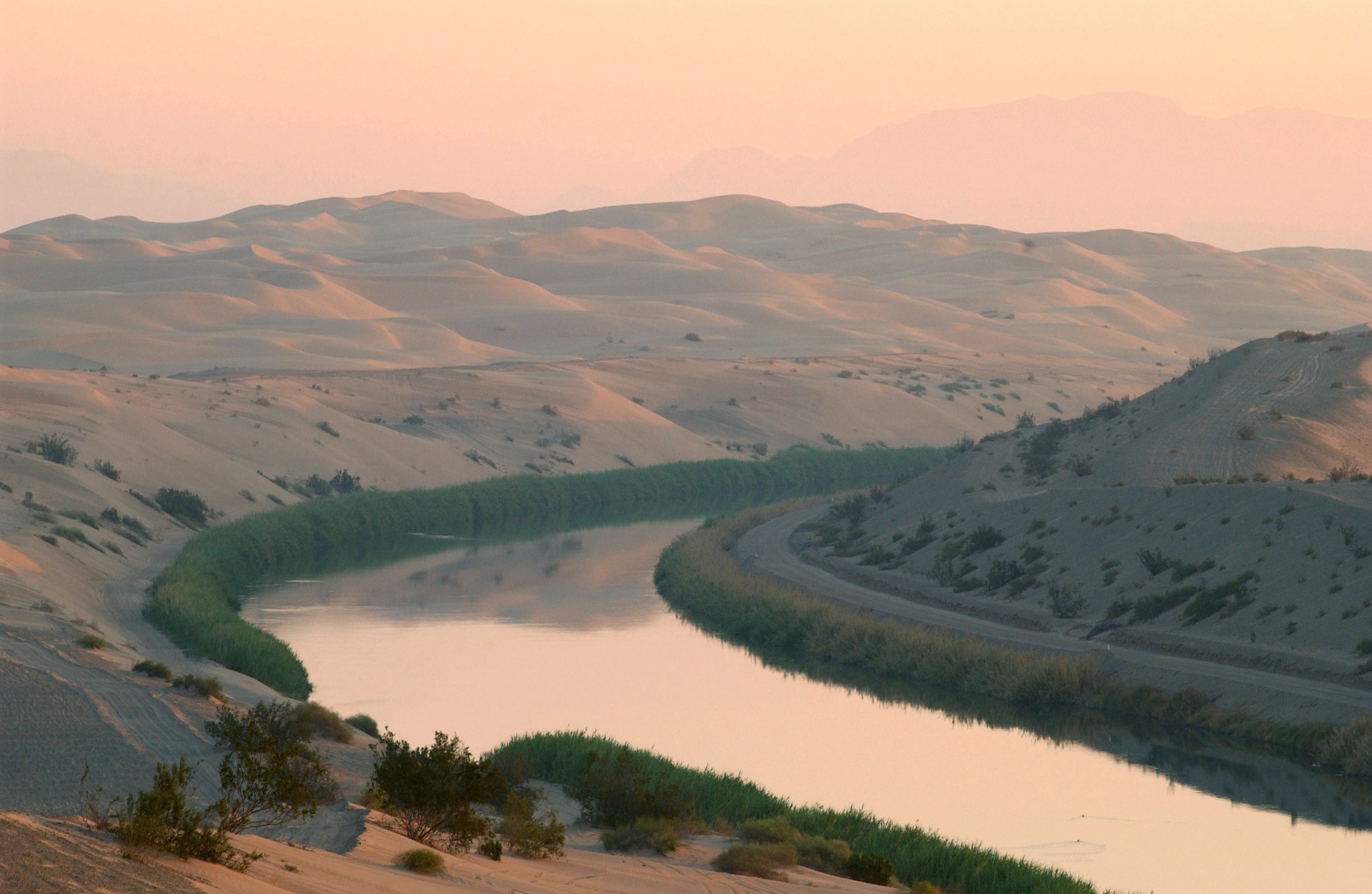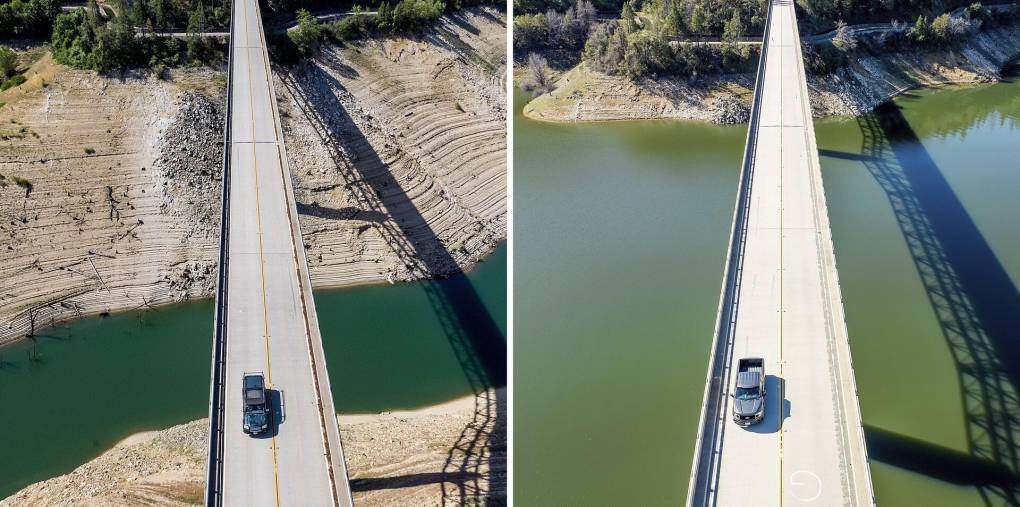The federal government’s draft environmental impact statement comes after years of debate over how best to allocate water cuts. A final decision by the Interior Department is expected in August, after a public comment period, and will affect the 2024 operation of Glen Canyon and Hoover Dams.
California receives the most Colorado River of all the states, with an annual entitlement of 4.4 million acre-feet. About 2.5 million acre-feet of that goes to the Imperial Irrigation District, one of the nation’s largest agricultural areas and a major producer of alfalfa and lettuce. Much of the rest goes to the Metropolitan Water District, which supplies imported water to cities in Southern California.
The cuts in water deliveries to the three states will amount to about 2 million acre feet next year. (An acre-foot is 326,000 gallons.)
In one option presented in the federal report, the reduced Colorado River water deliveries are “based predominantly on the priority of water rights,” according to the Bureau of Reclamation. It would go easy on the Imperial Irrigation District, which has the most senior water rights while Arizona and Nevada would be hit hardest by the cuts. This first-come, first-served water rights system has become a hot point of contention between water users.
Another option would override the historically bulletproof rights held by the Imperial Valley. In that option, the cuts in allocations “would be distributed in the same percentage” across the three states. It includes “progressively larger additional shortages as Lake Mead’s elevation declines” and “larger Lower Basin shortages in 2025 and 2026 as compared with 2024.” California would be hit the hardest.
The Imperial Irrigation District, which serves farms in the southeast corner of the state, released a statement applauding the option that respects its senior water rights and objecting to the equal-cut alternative.
“Alternatives that skirt around long-standing water rights, as well as the agreements and laws put in place to address this situation, have the potential to jeopardize existing long-standing California water agency partnerships, and billions of dollars of long-term planning investments that have provided water supply resilience within the state for more than two decades,” the statement declared.



